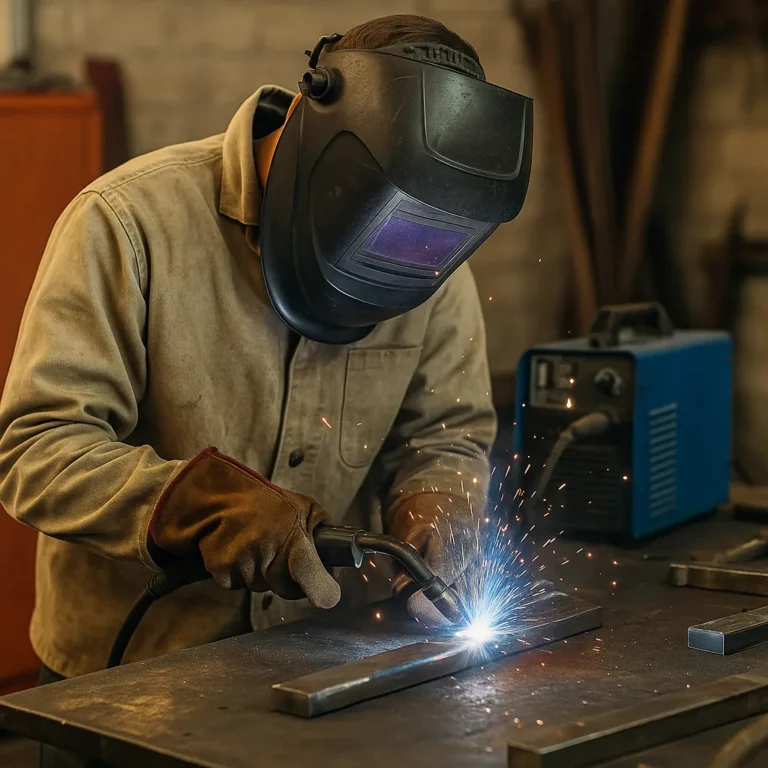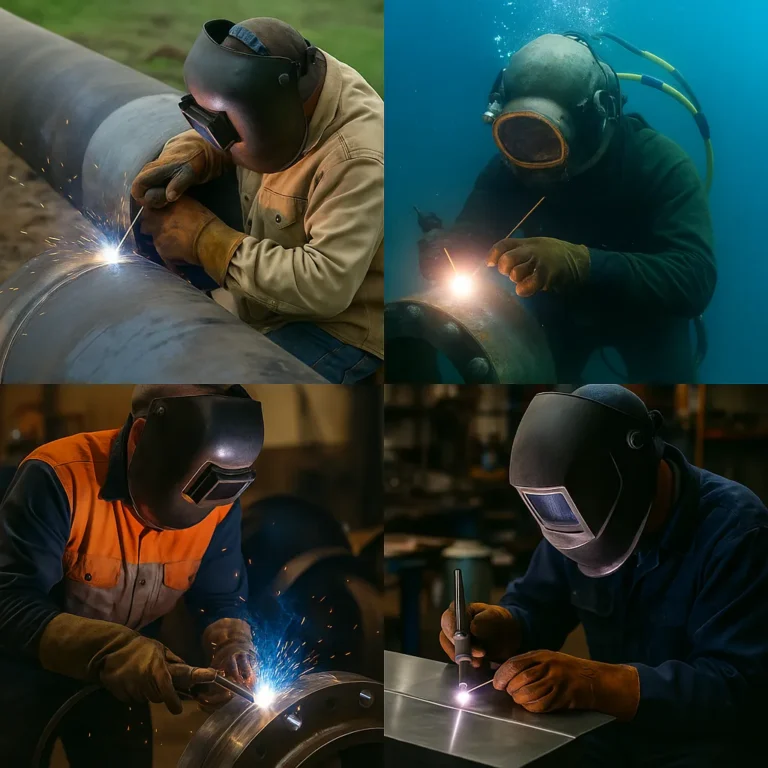How to Make Money Welding on the Side: Practical Paths That Work

Disclosure: This post contains affiliate links. As an Amazon Associate, I earn from qualifying purchases—at no extra cost to you.
Turning your welding skills into a profitable side hustle is not only doable—it can be incredibly rewarding. Whether you’re a certified welder or someone who enjoys fabricating in your free time, side gigs in welding offer the freedom to earn extra cash, expand your network, and sharpen your craft. You don’t need a massive investment to start, just the right mindset, a few tools, and a plan.
Start Small with Simple Welding Projects
When launching a welding side hustle, focus on projects that require low overhead and minimal risk. Small repairs like fixing gates, fixing broken tools, or creating custom brackets are always in demand in your neighborhood or among friends. Many people would rather hire a local welder than replace an expensive item or wait weeks for factory repairs.
You can also make money creating and selling simple items like fire pits, wine racks, or BBQ grills. These practical products can be built in your garage with basic MIG or stick welding equipment and sold online or at local markets.
Offer Mobile Welding Services
If you own a portable welder, consider offering mobile welding services. This option opens you up to jobs at farms, construction sites, and residential properties where people need on-the-spot work. Common requests include repairing trailers, fences, machinery, and metal furniture.
To get started, advertise your service locally through Facebook Marketplace, Craigslist, or community boards. Having a basic business card and social media presence makes your work look more professional and trustworthy.
Custom Fabrication and Metal Art
If you have an eye for design, custom metalwork can bring in a premium. From personalized metal signs and garden decor to one-of-a-kind furniture pieces, there’s a solid market for handmade items. You can list your work on Etsy or Instagram or even build your own website to attract clients.
Having a few striking images of your past projects builds trust and helps your work stand out. Many buyers are willing to pay more for unique, handcrafted welding items, especially when they can be customized.
Partner with Local Businesses
Welding services are often needed in small businesses that don’t have a welder on staff. Reach out to auto shops, farms, HVAC contractors, and metal supply stores in your area. Let them know you’re available for overflow or specialty work on evenings or weekends. A simple flyer, business card, or email can lead to consistent income streams and potential long-term collaborations.
Some welders even create recurring relationships with real estate investors and landlords for ongoing repair and reinforcement jobs across multiple properties.
Keep It Legal and Safe
As you grow, it’s important to operate your side business responsibly. Check local regulations about permits or insurance, especially if you’re doing jobs on-site or for clients you don’t personally know. Safety is key—always use proper gear, ensure your work area is ventilated, and follow best practices to protect yourself and your clients.
Welding on the side doesn’t mean cutting corners. Treat every job with professionalism, and your reputation will become your strongest marketing tool.
Conclusion
Welding offers more than a trade—it’s a gateway to financial independence, creativity, and community impact. With the right tools, approach, and determination, you can turn your weekends or evenings into profitable hours that grow into something bigger. Whether you’re building grills, fixing trailers, or welding custom artwork, there’s no shortage of ways to earn.






